Implement these 9 practical tips on how to get a career in graphic design and see your career path become a clear and exciting adventure!
It is always better to go through the tips and advice provided by experts to make your application stand out and increase your chances of landing that graphic design job you’ve always wanted.
Applying for a graphic designer job, just like any job, can be extremely stressful. It is certainly not easy to face professional graphic designers in your first interview. However, it doesn’t matter if it is your first job or the 6th, preparation is the key.
Also, preparing in advance for an interview is better than staying quiet while interviewers ask about the basics. So you should be ready professionally and mentally for the hiring process.
10 Tips To A Career In Graphic Design
Let’s walk through various stages of finding, preparing, applying, and landing an exciting graphic design job:
1. Education & Experience
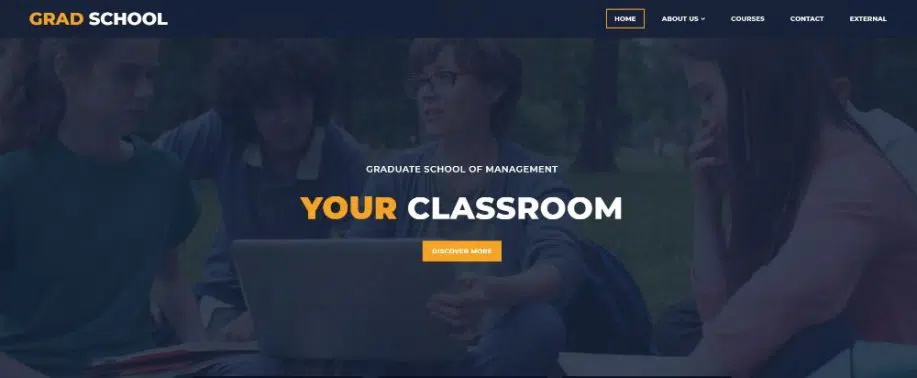
Without a doubt having formal training is going to stand out to potential employers and provide you with the skills needed to launch your graphic design career. However, some employers place an emphasis on experience over education.
If you are able to enroll in a graphic design school or professional course online, this will make you stand out among other applicants. However, you should also keep records of any freelance work you’ve done to help boost your experience records.
Having both formal education and experience will be the ultimate combination, but don’t let this hold you back from applying if you are just getting started. Some employers will provide on-the-job training.
2. Write Down Your Top Job Requirements (goals)
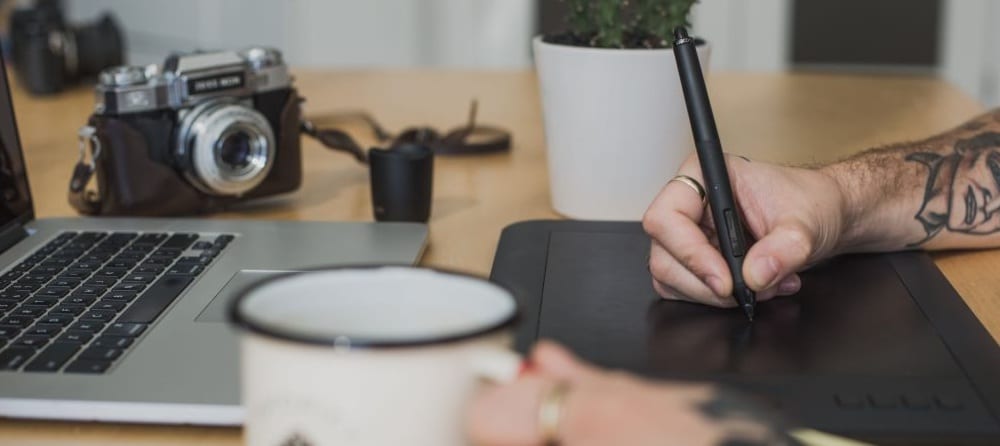
One of the first steps to getting a job is searching for the right opportunities. When starting your research, you should think of a company that would meet your requirements as a designer and as a person. You should consider the company’s values, corporate culture, size, and growth dynamics.
For example, do you prefer working remotely or would you rather be in an office environment working with a design team? Some people work better with others around them. In today’s world, especially during COVID, working remotely has become the norm and would be expected by many employers, so consider how important these two possibilities will be to you.
Try to imagine the clients that the potential employer works with: mid-sized businesses, large corporations, or private entrepreneurs. Think about your job responsibilities and visualize yourself among team leaders and teammates.
One of the most critical aspects of getting a job is getting paid, so you should consider your worth and look for companies accordingly. This technique will help you understand your priorities and will also allow you to filter your research. Even if you are not a senior designer, you should not compromise on anything you should be selective to find your dream job.
3. Look for Options
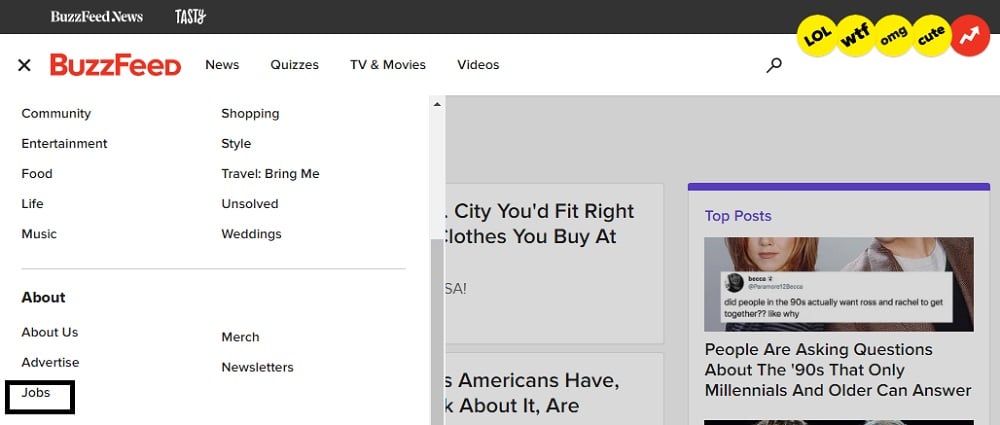
After you have your requirements set, you should start looking for opportunities that the market offers. You should not go for job boards initially. One right way to start this task is by making a list of companies that meet your requirements.
Every company’s website has a career section, so make sure to check if they have a job opening for a graphic designer. Some companies might not require a designer at that moment, but it is better to send your resume to the HR department so that they can find you when a new vacancy occurs.
Every CV resume that you send to them gets stored in their database, so don’t worry about missing an opportunity. While looking at the company’s website, pay close attention to its blog section. Most companies that require graphic designers will have blogs about designers that can provide you with useful information. This can increase your chances of getting selected.
You should also read case studies to understand how work is done in that company. Try to analyze their existing projects and come up with helpful suggestions. Practicing this will not only help you increase your knowledge but will also increase your chance of getting selected.
4. Follow Updates
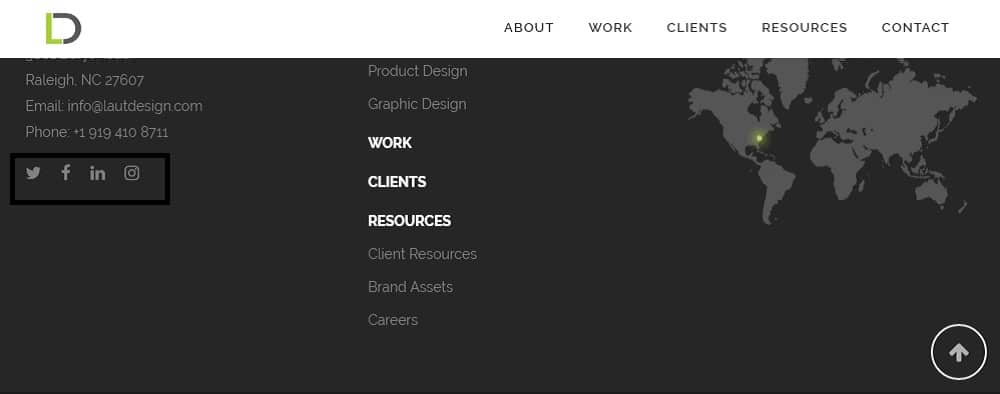
As a graphic designer, you should know the importance of social media. On every site, the company mentions its social media handles where they post updates. Following the company’s social media accounts is an excellent way to keep a tap on its activities.
Many companies have started showing their behind-the-scenes on their social media to increase engagement on their page. This will provide you with insights into their corporate culture.
One more advantage of social media is connections. So use your account to follow influential people that share valuable information. Ask them for advice or start meaningful decisions with those people on social media.
Furthermore, you shouldn’t miss out on the offline community. Large companies organize many events like meetups, panel discussions, and conferences. Make sure to attend these events as it is a great way to make professional connections. You should follow the local design community so that you stay updated about the latest trends and news.
Also, people with similar job profiles can refer you to their company, increasing your chances of getting selected. So, be open and try to build as many connections as possible. Now let’s consider the application process.
5. Consider a Case Study
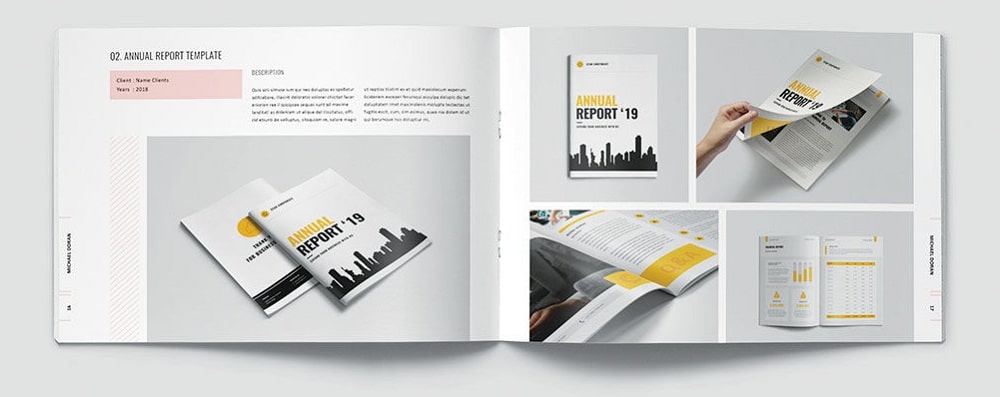
One of the first and foremost things to consider in building an application is to think about the portfolio. Interviewers usually say that they don’t care about the format of your portfolio (whether it is a website link or PDF).
However, these small details allow them to judge your work differently. Your portfolio should tell your story about past projects. You should mention the timeline of your projects so that they understand your pace and quality of work.
You can also explain the challenge you faced as a team or personally and then explain how you tackled them. Using a case study is perfect for showing your design and revealing your design thinking. Create a stepwise case study and elaborate upon it, focusing on the concept and inspiration of the project.
Interviewers are tired of looking at similar work, so try to change things up to make your case study more enjoyable. A comprehensive case study will paint a beautiful picture of how you approach different problems from a business and design perspective. This helps in standing out from other applications and increases your chances of getting a callback for an interview.
6. Customize the Cover Letter
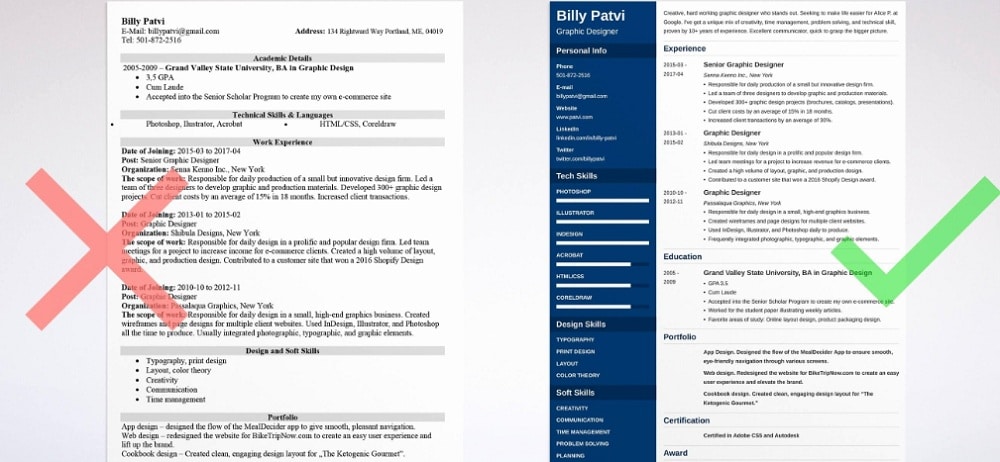
A cover letter is essential these days when applying for a job. Many companies have mentioned cover letters as a requirement. However, even if the companies don’t mention this, it is better to write a unique cover letter.
Most people have a basic cover letter that they use in every application. You shouldn’t do this. A cover letter should not be very long so that they don’t take too much time writing a new one for every position. Writing a customized but quick cover letter can impress the people reading it and get you a callback for an interview. It doesn’t need to be too long. It just needs to show that you have done your homework and you know their requirements.
Creatively mention all the skills and qualities they are looking for in a candidate in the cover letter. Hiring managers notice these efforts and appreciate them. You should also mention the thought behind applying for the position and why you think the company is perfect for your career. This will help the hiring manager get an overview of why they should hire you.
7. Mention Relevant Work in Your CV Resume
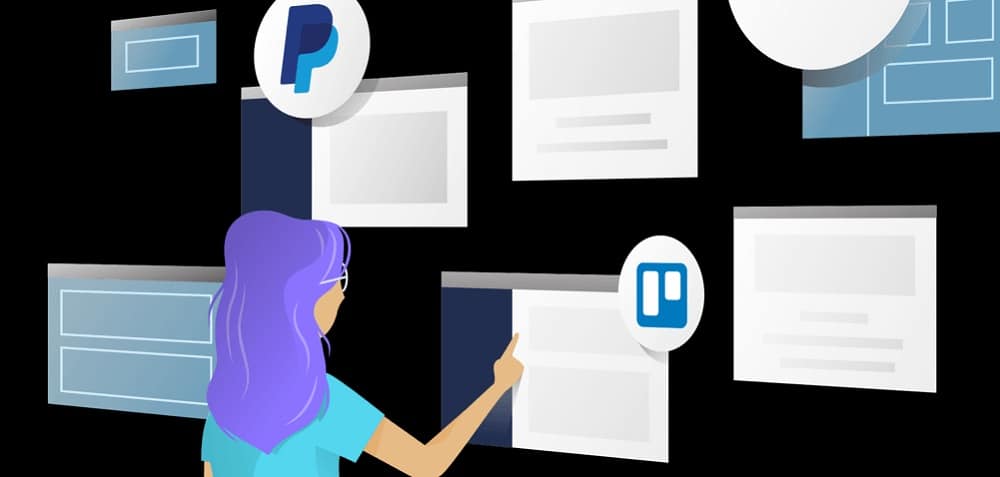
Hiring managers go through more than hundreds of applications for every position. They don’t have the time to go through every detail in your resume and so you should only put relevant work on it.
Providing managers with long pieces of work will make your application appear mediocre. You should only highlight 3-5 best case studies to create a good impression. It doesn’t matter the type of role you are applying for, always keep in mind to share only related work in your portfolio.
For example, when you are applying for a UX role, don’t mention your graphic design work, and vice versa. So, remove all the unnecessary information from your application for the new position. After all, it is better to focus on your strengths than on countless weaknesses.
An excellent tip to present your work to different companies is to have hired designers to solve the same problem that you are great at addressing. This will give the company an overview of how you would fit into the environment.
Now that you have your application in place, let’s consider the last stage: The interview
8. Understand What to Say to Whom
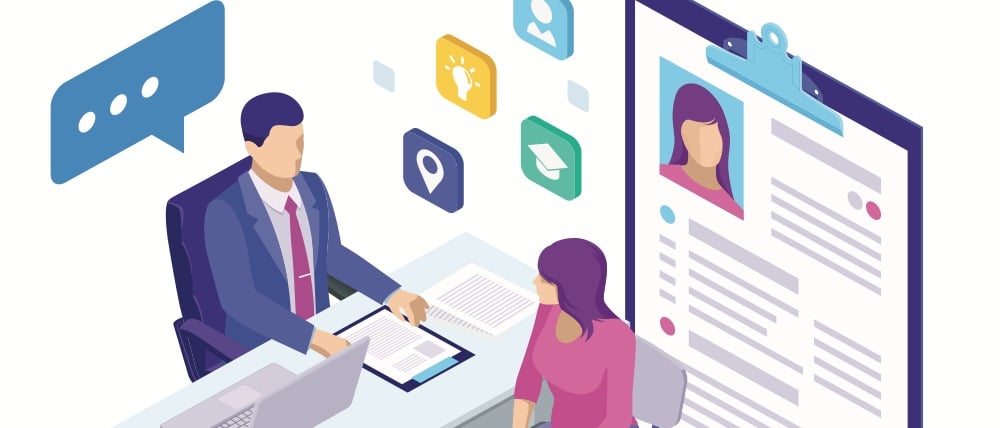
Depending on the company, the interview process is divided into many sections. For example, the first round is usually the HR round where you are asked about your interests, dislikes, thoughts, etc. so you should prepare accordingly.
Often you will have to face the Hiring manager, lead designer, and CEO in the interview process. So first you should find out who will interview you and prepare yourself for that specific round. It always helps when you know what kind of questions to expect: technical, personal, or business-oriented.
Hiring managers are tired and sick of asking questions like “where do you see yourself in 10 years?” but they will anyway ask them. Therefore it is better to think about smart answers that make your answer memorable.
Your goal should be to give an unexpected response to the common questions so that you stand out. Some questions can be tricky and might require more thinking, so think twice before you respond. However, stay away from witty and funny responses for serious questions as it works negatively in such cases.
9. Understand What Interviewers Expect
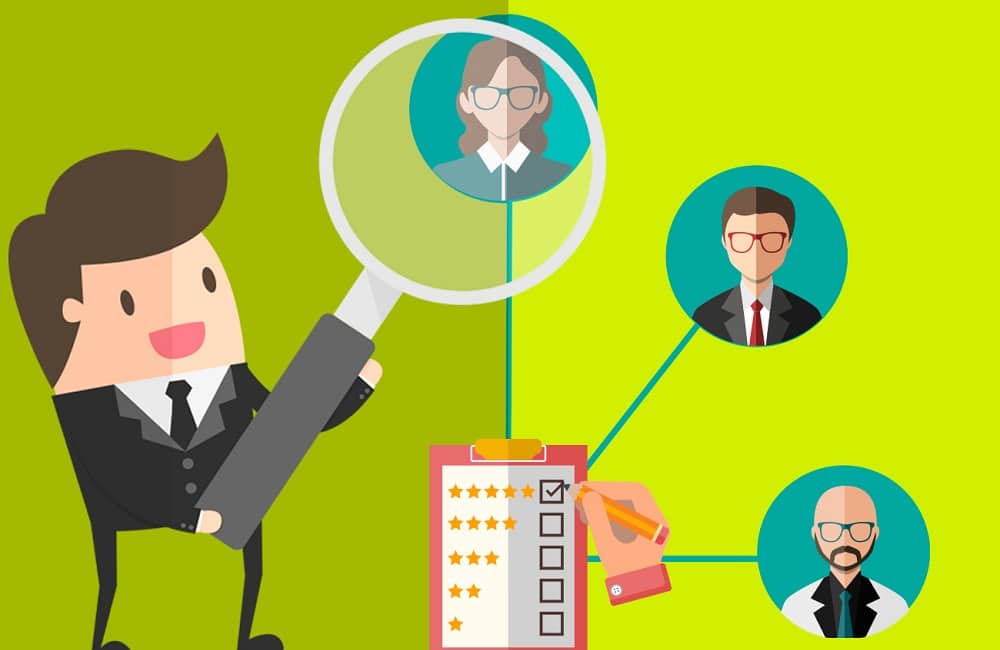
You can’t know everything an interviewer asks, and they don’t expect that from you as well. So if you don’t know the answer to a question, don’t panic. This is mostly in the case of technical interviews.
Interviewers tend to ask some questions that go beyond your experience or out of your area of expertise. In such a case, interviewers don’t expect an answer they want to see how you behave in an unusual situation and how you cope with the stress. So, if you don’t have a response, describe a similar situation or how you could help with a solution.
In an interview for the position of graphic designer, you will get many situation-related questions. So be prepared for such questions. In the technical interview, your work will be analyzed by professional designers, so be ready for criticism.
Most people get offended when technical experts point out their mistakes. However, make sure you take it positively and tell them you will improve it in the future. This will allow them to assess your behavior and if you can work with a team successfully.
10. Focus on Improving your Skills
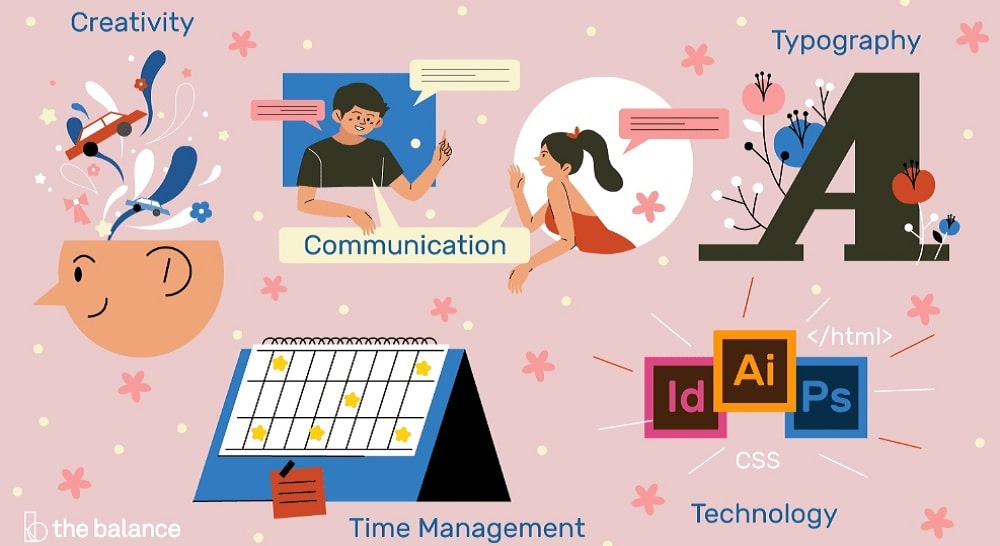
When hiring managers ask that if you have any questions, never say “no.” You shouldn’t represent yourself as a shy person, even if you appear for your first job interview. Ask questions about things that concern you, such as compensation package, insurance, workflow, workspace, overtime, and so on.
Hiring managers are ready for such questions and appreciate your confidence, serious approach, and genuine attitude. So apart from the hard skills necessary to crack the technical interview, the employer also looks for soft skills.
Soft skills include work ethic, leadership, positive attitude, communication skills, critical thinking, and the ability to work as a team. Soft skills are considered very important as employers sometimes hire a less knowledgeable candidate with a positive learning attitude.
Always keep on improving your soft skills and hard skills. This combination will allow you to work in the company you dream of. Along with this, don’t forget the basic unsaid rules such as being there on time, getting a hard copy of your resume, wearing a proper outfit, and keeping in mind the importance of the first impression.
Final Thoughts on How To A Career In Graphic Design
In summary, there are many job opportunities in this sector but you have to be proactive and consistent. You should keep all of these stages in mind and make a plan accordingly. It is a great idea to follow these steps while looking for any job.
Keep your creativity alive both in the application and interview process. This will differentiate you from other applicants and will increase your chances of getting an invitation for an interview.
The post How To Get A Career In Graphic Design: Top 10 Tips appeared first on WebDesignDev.
How To Get A Career In Graphic Design: Top 10 Tips was first posted on January 24, 2023 at 9:19 pm.
©2022 "WebDesignDev". Use of this feed is for personal non-commercial use only. If you are not reading this article in your feed reader, then the site is guilty of copyright infringement. Please contact me at jc@ventureupwards.com
via https://ift.tt/c2XCLBt

No comments:
Post a Comment